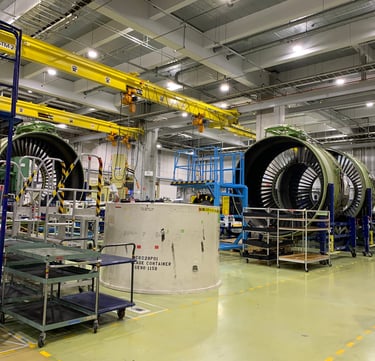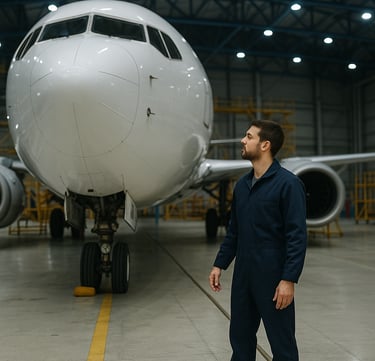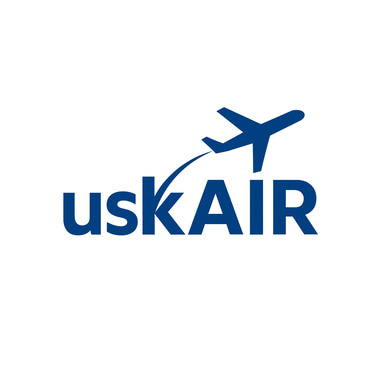Industry Perspective:
The Coming Shortage of Aviation Mechanics by 2028
As someone who has spent years around airports and airline operations, I can tell you: airplanes don’t fly without the skilled hands of mechanics. And right now, the aviation industry is facing a serious challenge — by 2028, the U.S. is expected to be short by nearly 25,000 aviation maintenance technicians (AMTs or A&Ps).
This is not just a number. Behind it are delayed flights, grounded planes, and frustrated passengers. But for those who are considering this career, it also means opportunity. Let’s look at what’s happening, why, and what you should know if you want to step into this profession.
Why Is There a Shortage?
From my experience, the reasons are very clear:
Aging Workforce: Many highly experienced technicians are retiring. In some hangars, half the crew are already close to retirement age.
Fleet Growth: Airlines are flying more planes, and each plane needs regular checks — from simple daily inspections to major overhauls.
Training Pipeline: Getting your FAA A&P license takes 18–24 months of schooling and practice. Schools are producing about 9–10,000 new mechanics a year, but demand is much higher.
High Barriers to Entry: Tuition, tools, and the length of training discourage many talented young people who might otherwise join the field.




What Does This Mean for the Industry?
For Airlines: Longer turnaround times for maintenance. That could mean fewer aircraft available each day.
For Passengers: More risk of delays and cancellations, especially in busy travel seasons.
For MRO Companies (maintenance providers): The ability to hire and retain skilled staff will become a major competitive advantage.
My Advice to Aspiring Technicians
If you’re thinking of becoming an AMT, here’s my professional advice:
Start with the Basics: A high school diploma or GED is enough to begin. Focus on math, physics, and mechanical skills.
Choose the Right School: Look for an FAA Part 147-approved program. Visit the campus if you can — see their hangars and talk to instructors.
Plan Financially: Tuition can be high, and tools are expensive. But many employers will reimburse costs or provide a tool stipend if you commit to staying with them.
Don’t Ignore Avionics: Modern aircraft rely heavily on electronics. Even if your main license is mechanical, learn wiring and electrical systems. It will make you much more valuable.
Respect Documentation: As a mechanic, your work is as much about paperwork as it is about turning a wrench. Airworthiness directives, maintenance logs, and checklists keep the aircraft safe — and protect your license.
Safety First: Fatigue, rushing jobs, or skipping steps can cause mistakes. Always follow procedures, no matter how simple the task seems.
Here’s the truth:
Тhis shortage means strong job security. Salaries vary by region and experience, but technicians with multiple skills (airframe + powerplant + avionics) often command premium pay. Shift work can be tough — nights, weekends, and holidays — but the pride of knowing a flight left safely because of your work is unmatched.
What This Means for You
The aviation industry desperately needs the next generation of skilled mechanics. If you enjoy working with your hands, solving problems, and being close to airplanes, this is not just a job — it’s a career with global demand.
If You’re Starting Out: start early, get certified, and never stop learning. In aviation, knowledge and precision keep the world moving.
Note: Written as professional insight for the uskAIR Aviation Blog — helping the next generation of aviation professionals take off.
